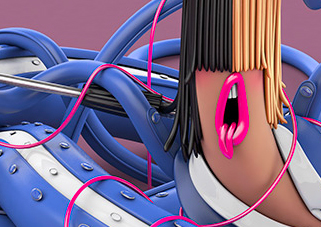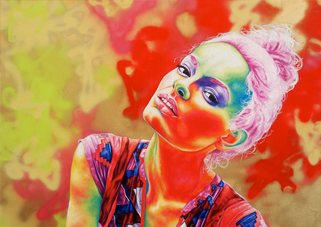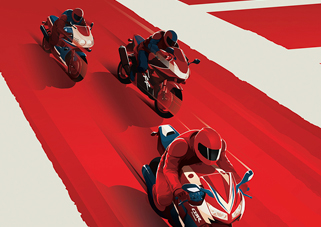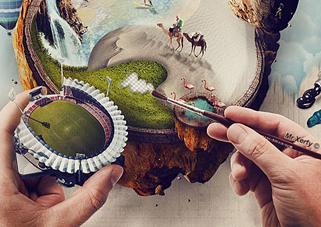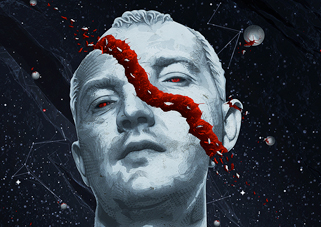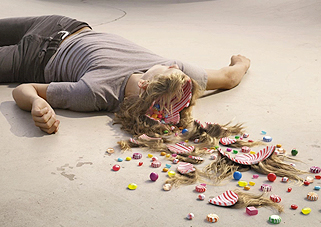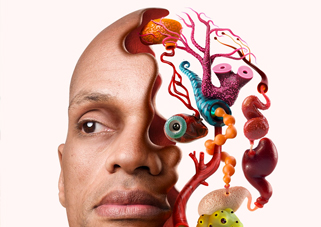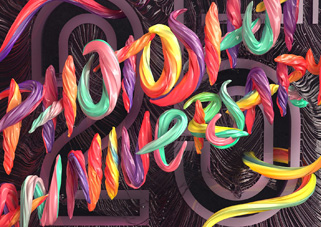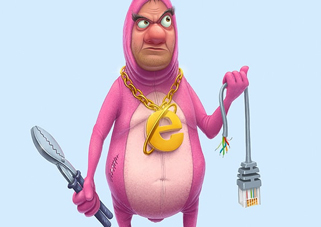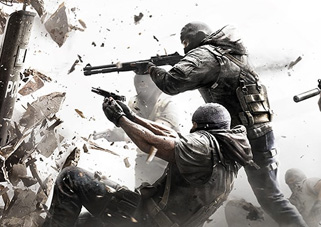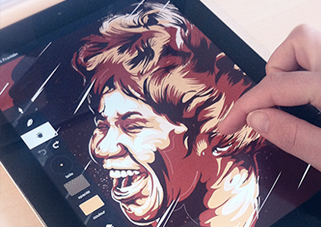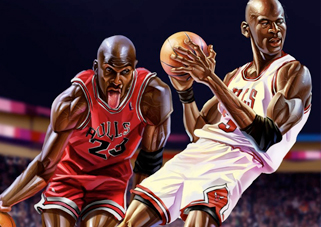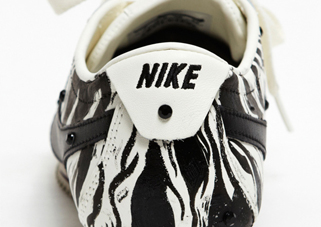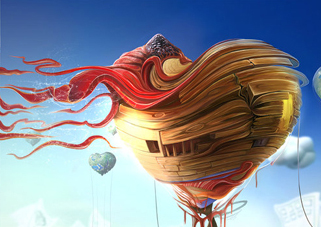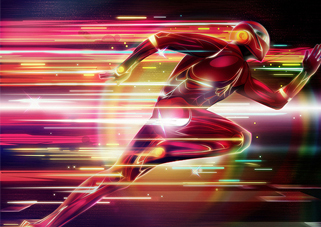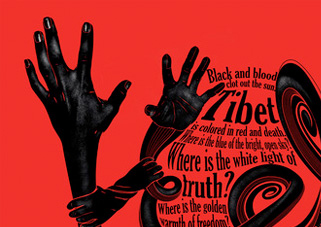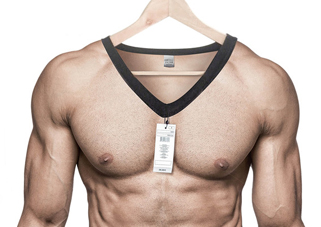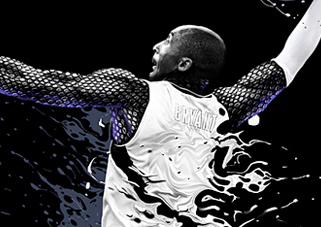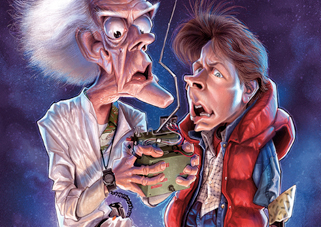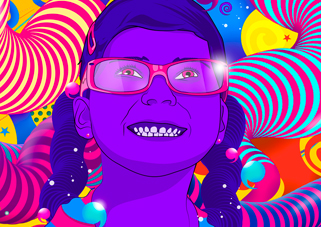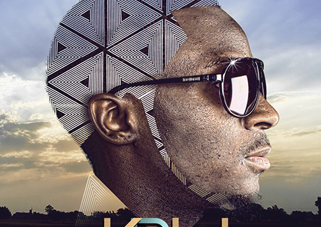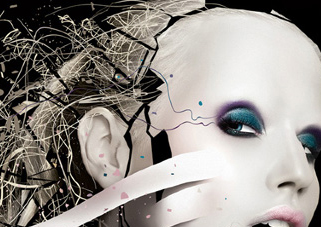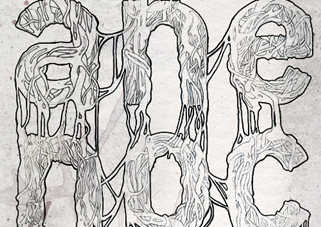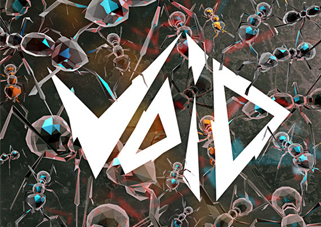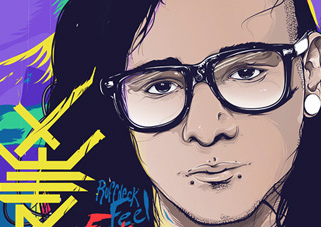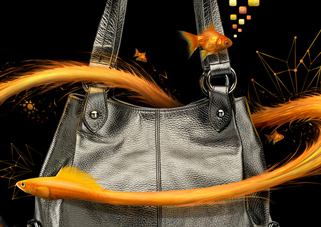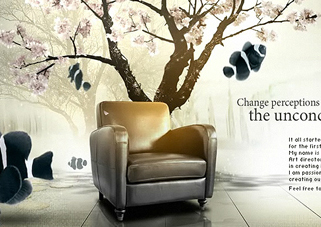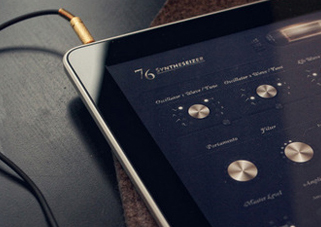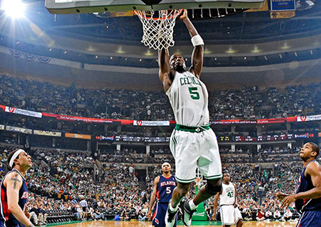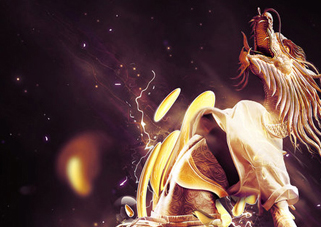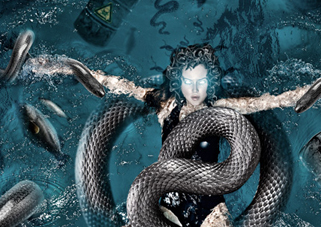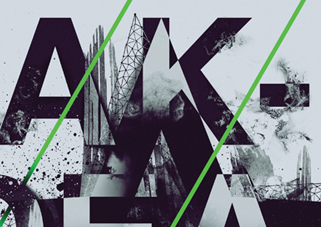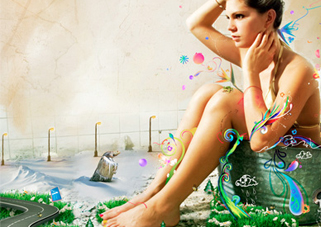Interview With
Mark Gmehling
Hi Joe, thanks for your interest in my work. My first conscious contact with “communication-design” was when I switched from skateboard to graffiti in my hometown Dortmund- about 1988, I realized the game was about catching attention in an overstimulated world which I found demanding and interesting, after a while I switched from painting Styles (my nickname) to painting characters, because I wanted to communicate with the public and not in a more or less secret circle of people being able to encrypt wild style. This led to studying fine arts and graphic design. After studies, I did art direction in several agencies in Hamburg and then I cut ropes and went self-employed as an illustrator, because daily agency business wasn’t my thing and I realized I would lose my passion for design if I would stay.
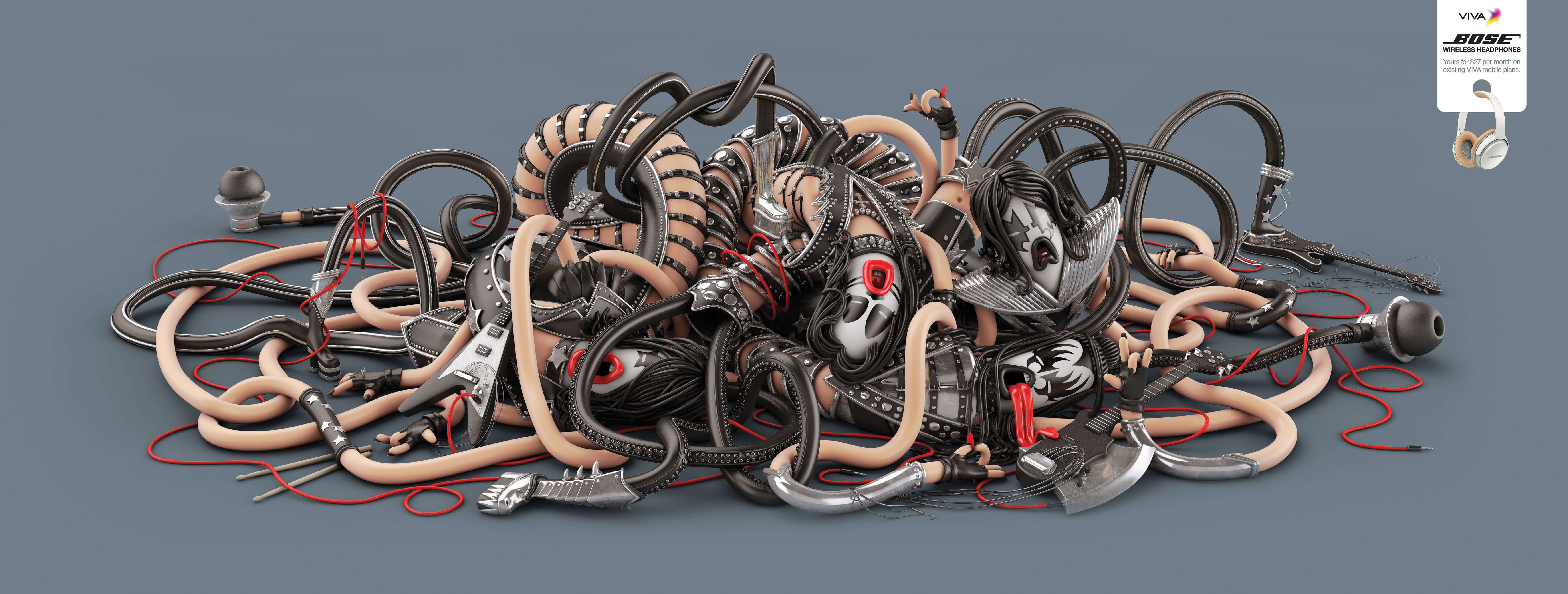
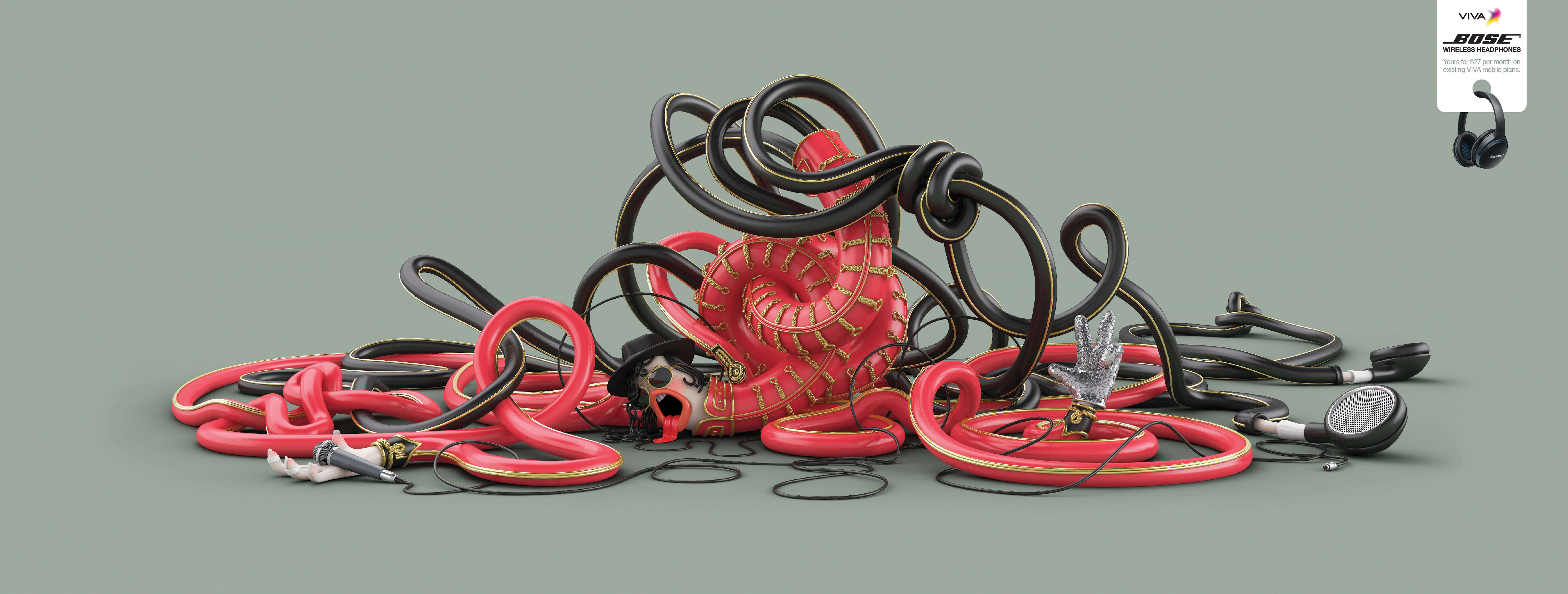
I think there’s only one important insight: 3D is just a tool, if you don’t know about the classic rules of creation and design 3D won’t help, a bad idea doesn’t become better if its executed in 3D. The computer will never replace pen and paper. Good Communication design is all about getting a message across in the most surprising and entertaining way possible. Detecting this visual turn doesn’t happen inside the 3D grid. I don’t perceive myself as a 3D artist I feel more like a traditional illustrator that discovered the next step by using a powerful execution tool that offers so much flexibility that I never want to miss it.
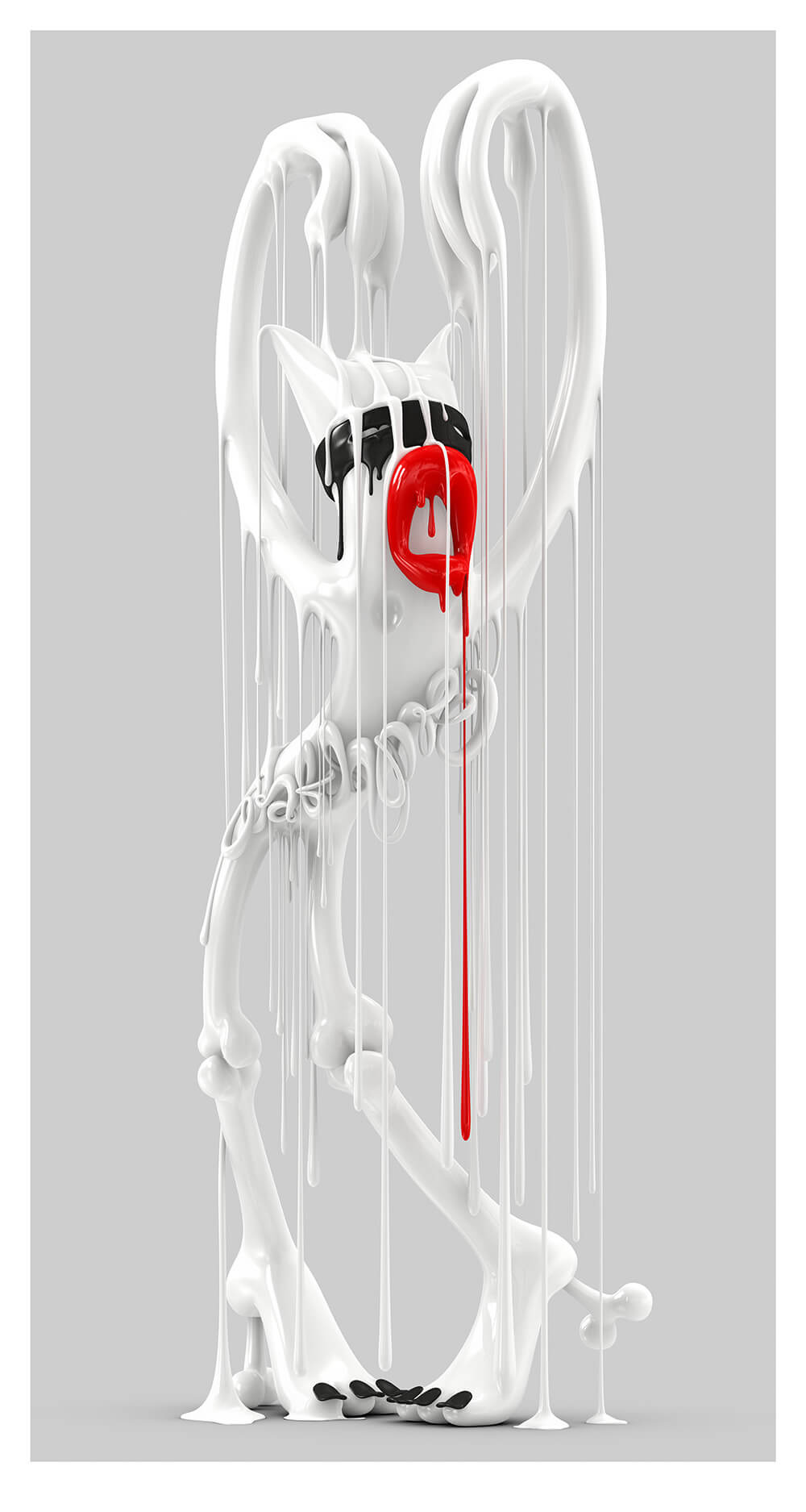
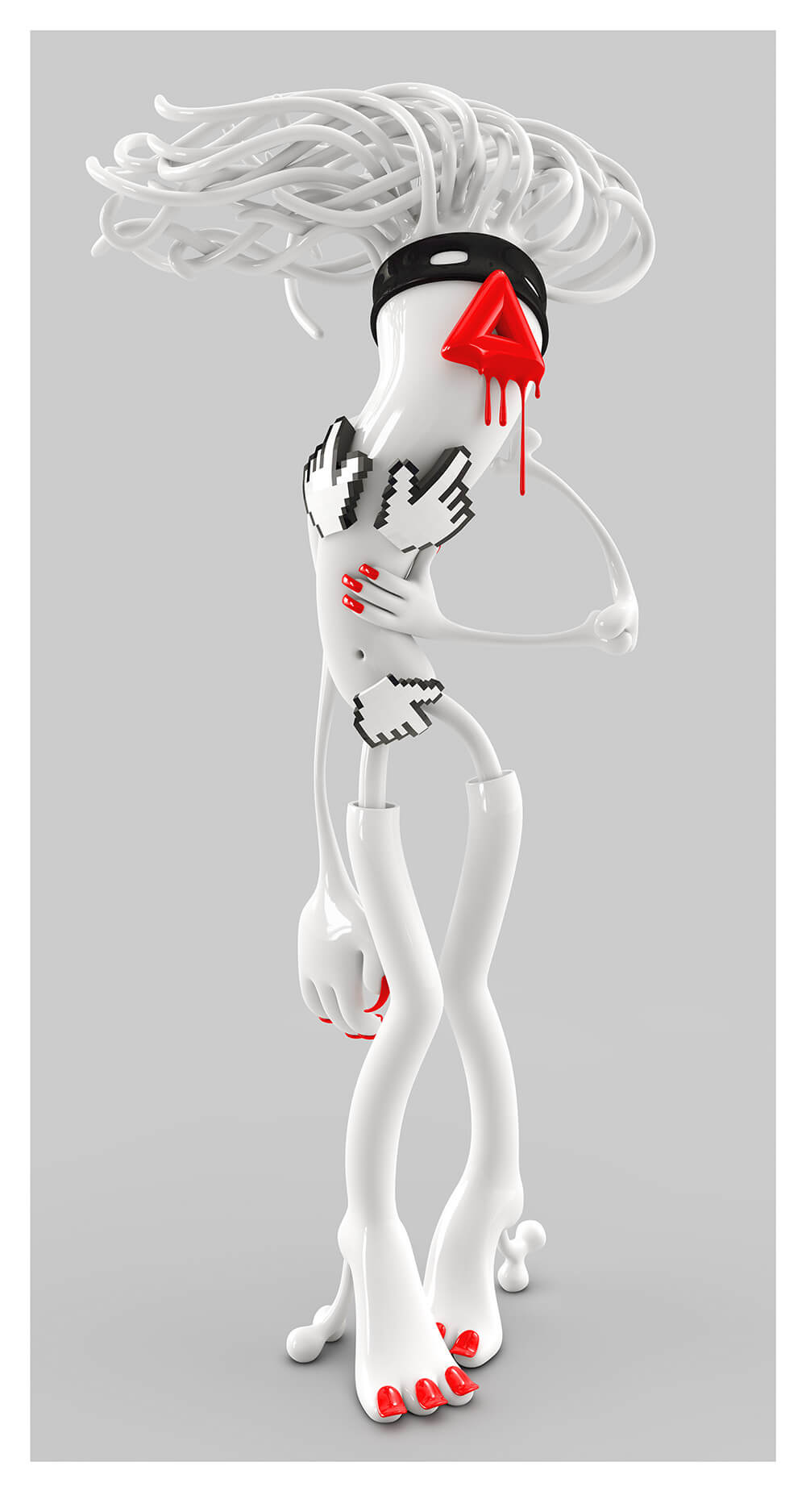
I realized that you can’t force it. It doesn’t make sense to me to sit in front of the monitor and force inspiration. I used to switch to my hobbies or leave office and meet friends. It’s about activating different areas of the brain for me which allows a fresh view on things. The process of painting a surface with roller and spray-paint is a meditative experience I don’t want to miss since my early graffiti days.
Tough question, basically I can’t complain as I’m able to make a living from doing what I love. If money wouldn’t matter I would do the same, you know? Of course, I enjoy my own free projects which are free from commercial interests. The decision to develop own work came by realizing that I can’t fully identify myself with commercial work on the long run, because illustration is a service in the end and the client is king which is fine, but if you like to develop and explore the limits of your aesthetical vision you have to go for it. In the end, this leads to being booked for your own vision and development of a unique style. In fact, my job changed drastically when I was booked because of my personal works. It switched from being perceived as a craftsman to perceived as an artist. The brief said: We want to say this, “what would you do to visualize the layer words can’t express.” On the long run, I hope to make my living only by selling my art, maybe it works. If not, it definitely helped me having a wider output, see the world and meet other nice people and artists with similar ideologies.
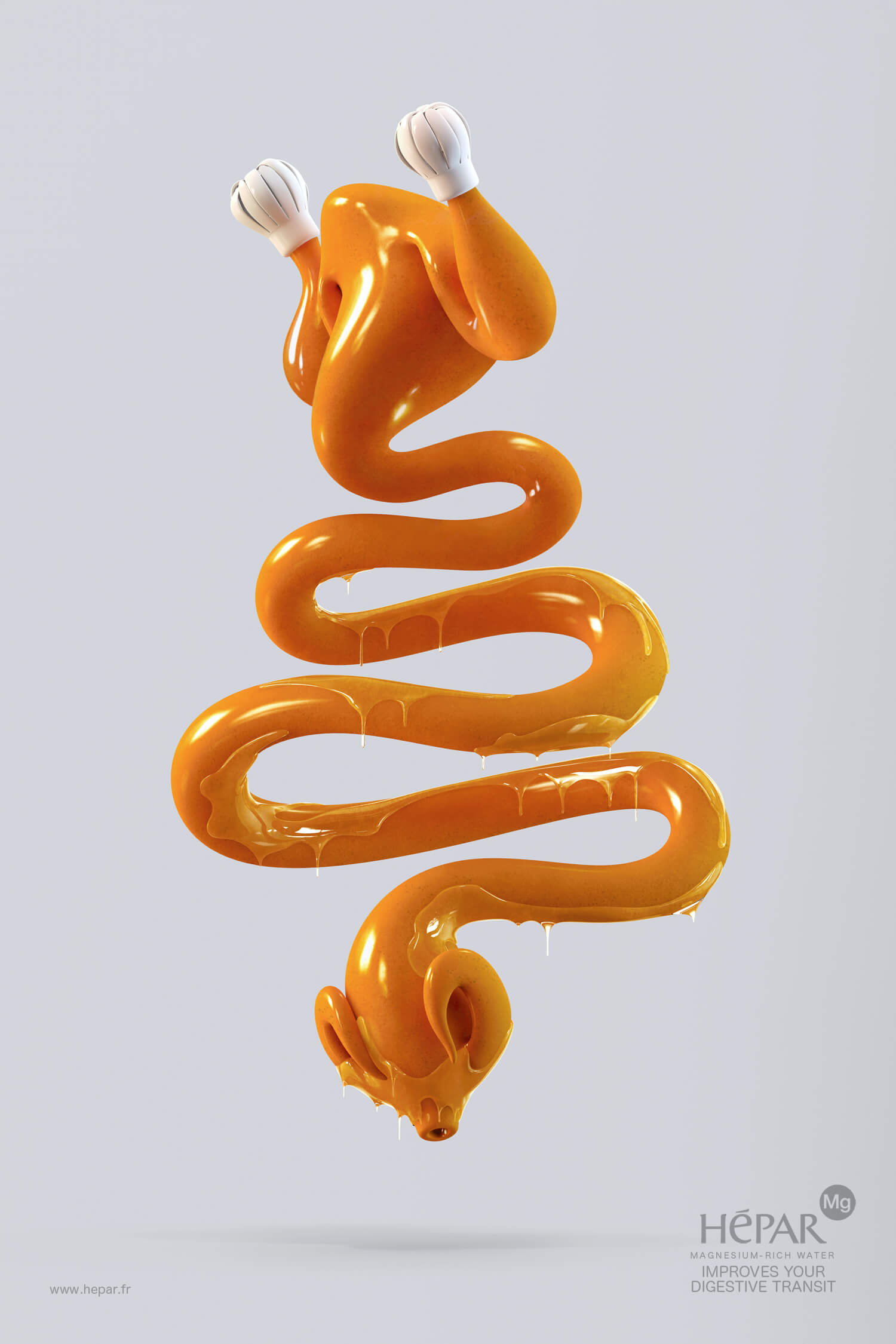
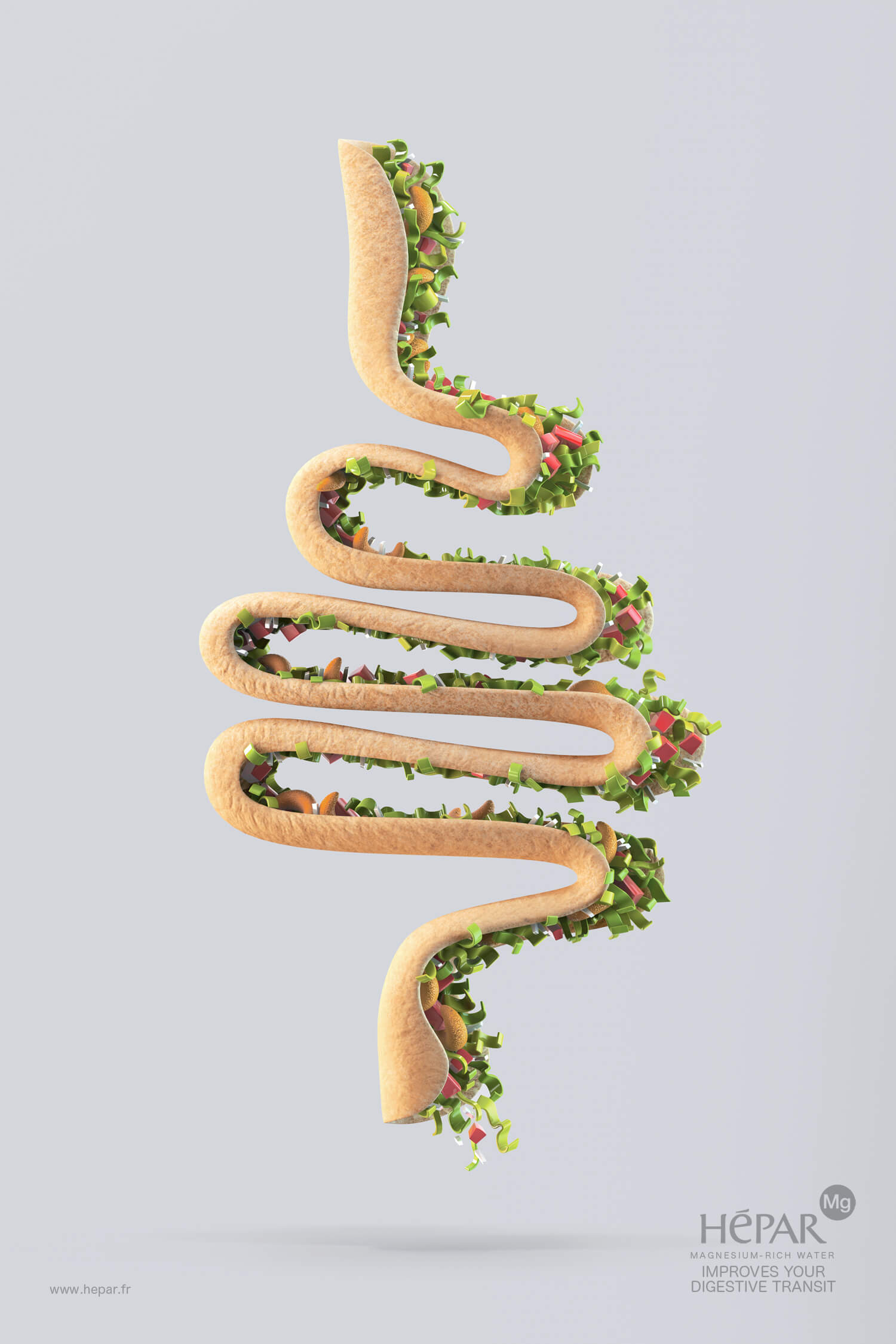
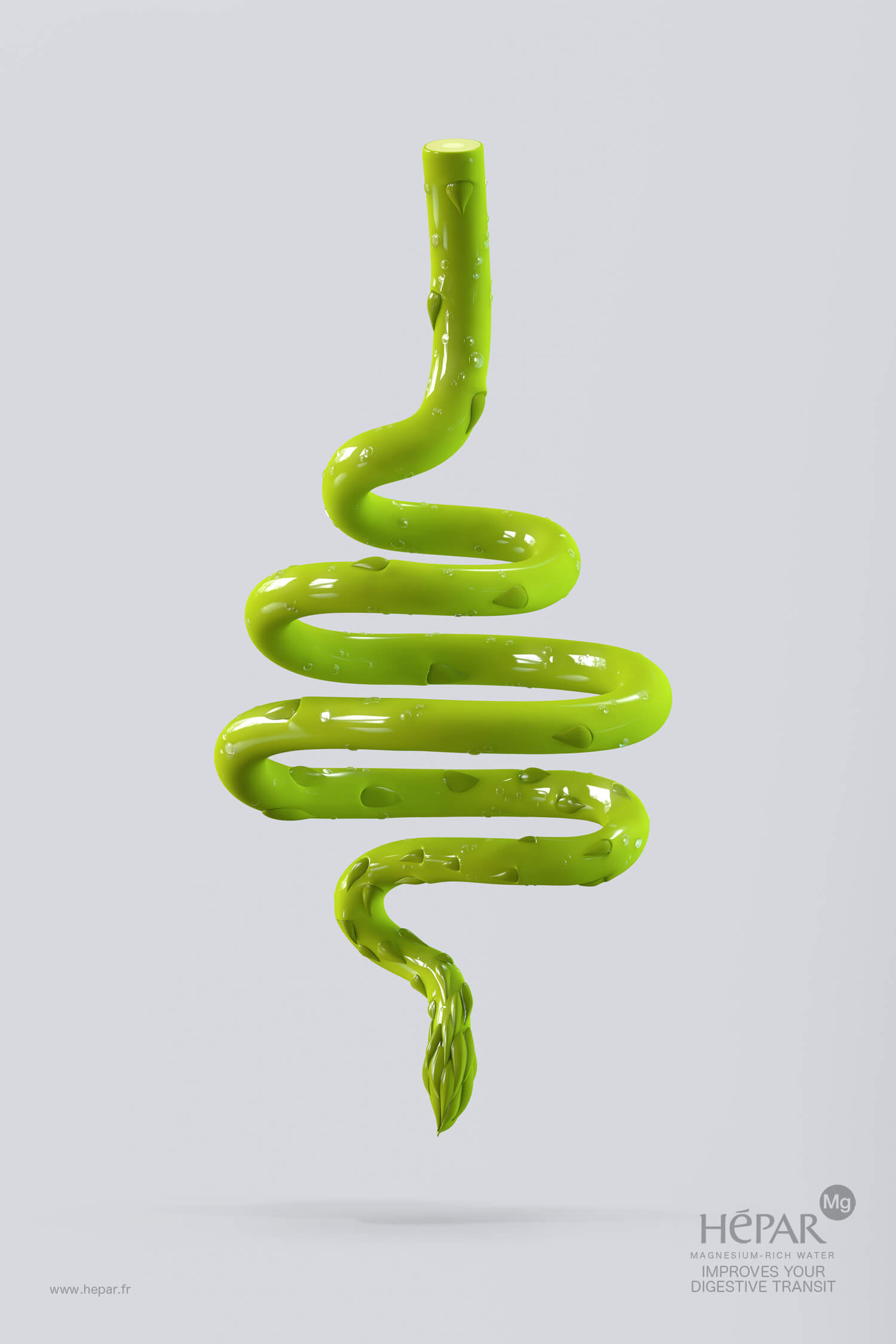
I’m playing gypsy jazz guitar and I love to paint big walls around the world. The bigger the better.
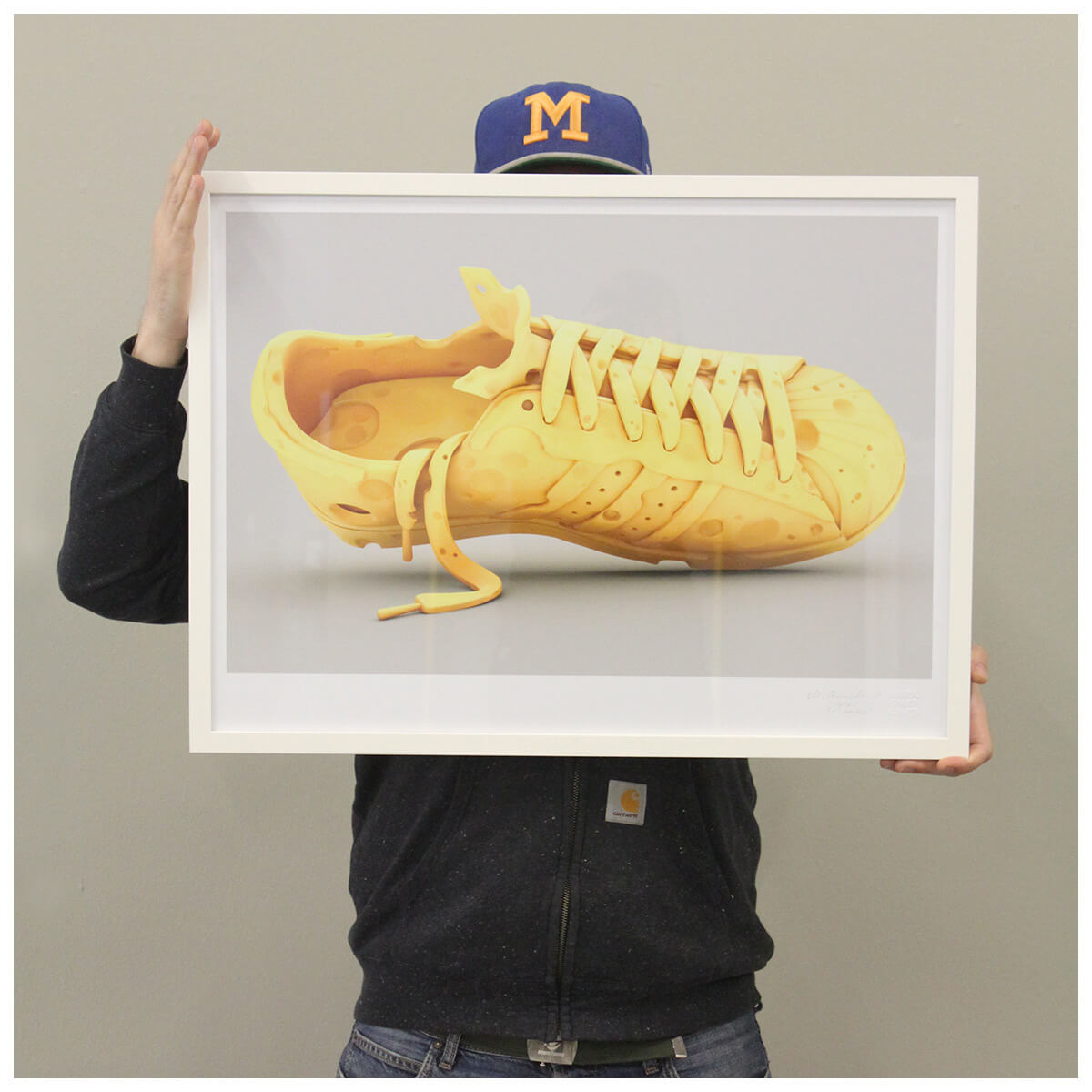
My mantra is "Fuck The Norm", which means stay true to yourself and break borders whereever you can.
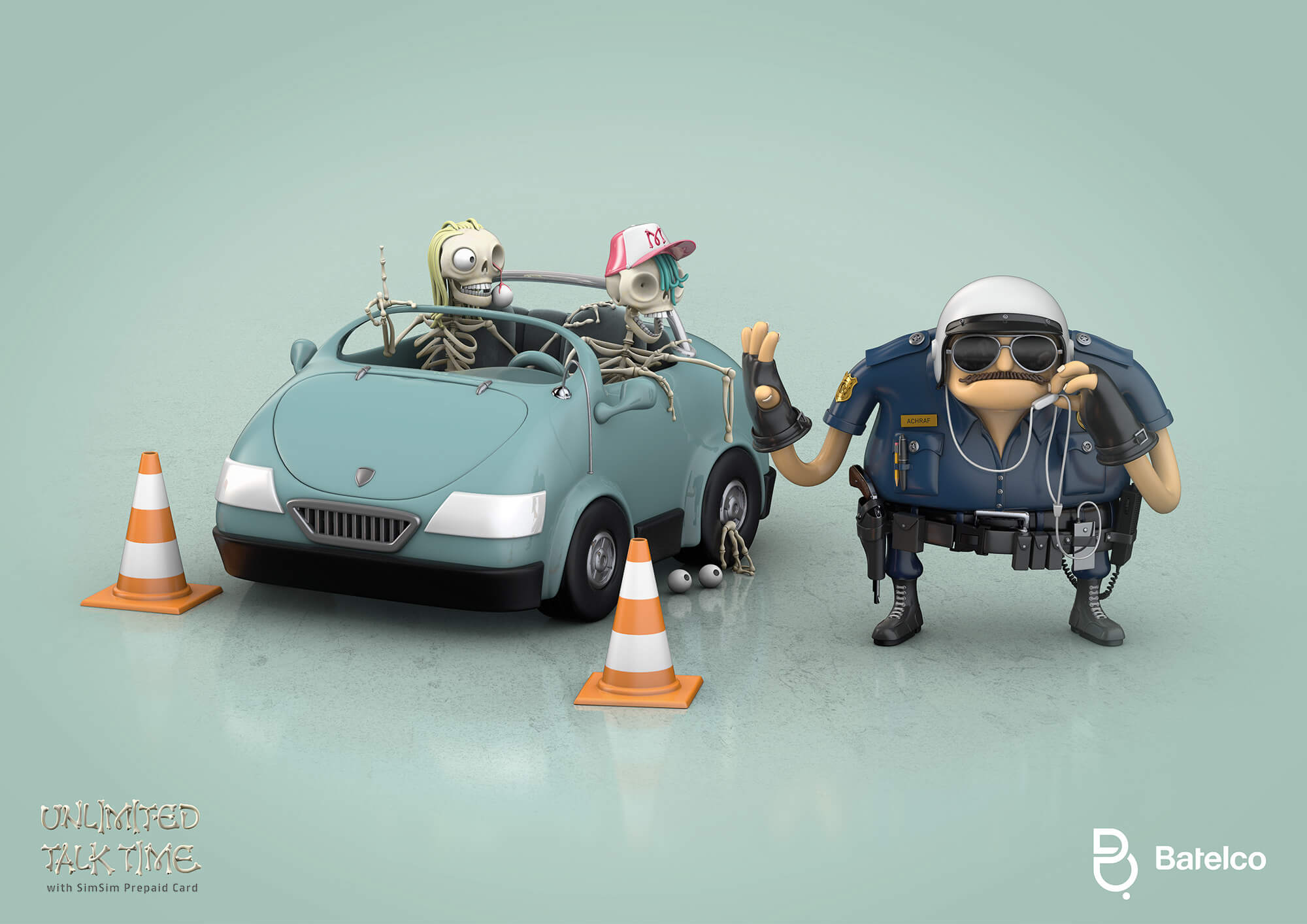
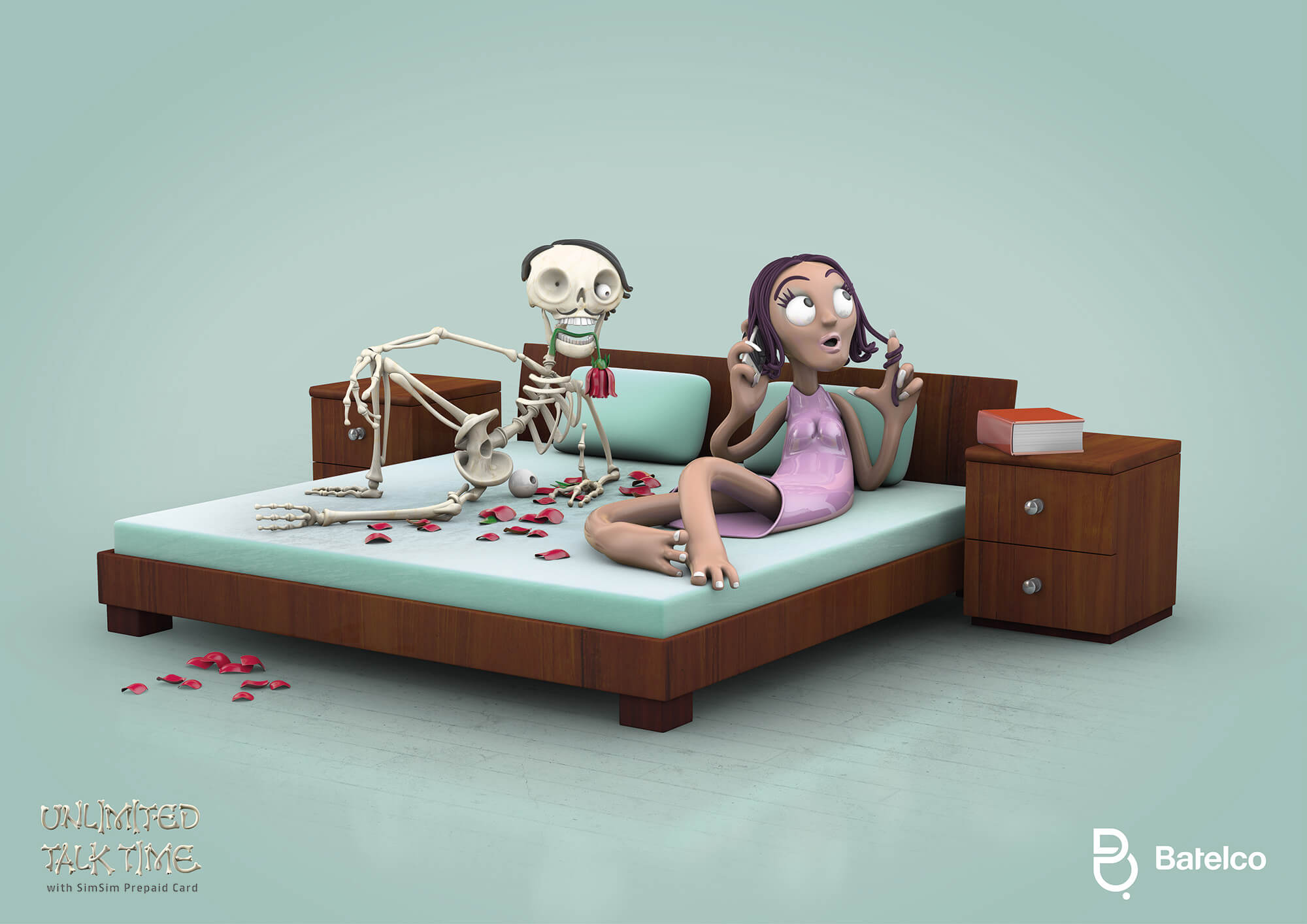
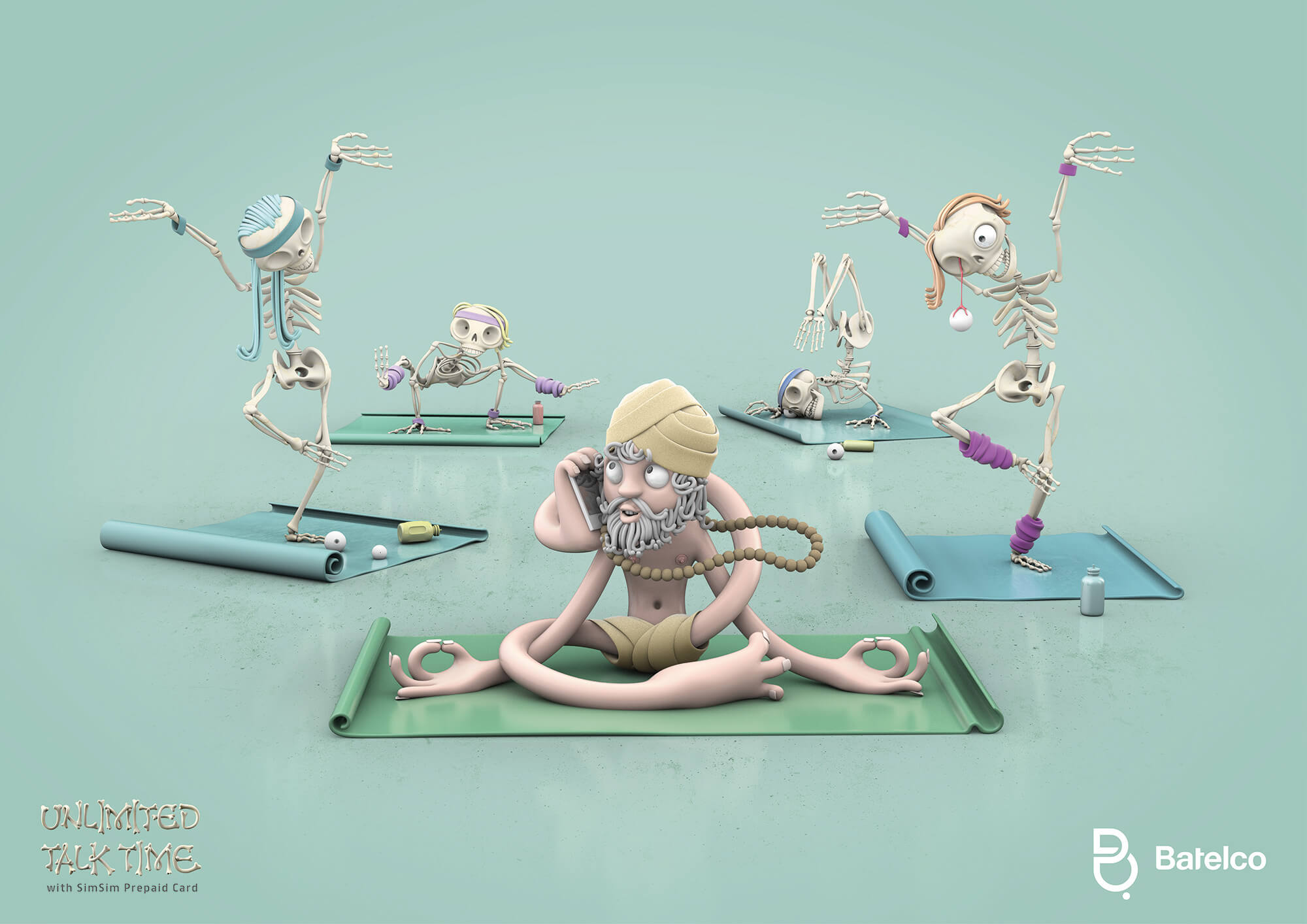
Meet Adhemas Batista a freelance illustrator and digital artist from the UK.
Meet Alexis Persani a digital designer, typographer and art director from Paris France.
Meet Maciej Hajnrich a digital artist and illustrator from Katowice, south Poland.
Meet Giampaolo Miraglia a digital artist and graphic designer from Rome Italy.
Meet Dilshan Arukatti an art director and motion designer from Paris France.
Meet Kevin Roodhorst a graphic designer and digital artist from the Netherlands.
Meet Kode Logic a digital artist and graphic designer from Melbourne Australia..
Meet Giga Kobidze a digital artist and graphic designer from Tbilisi, Georgia.

